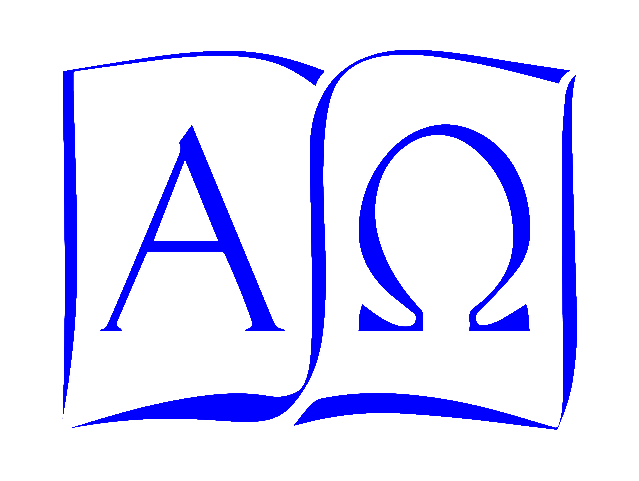The Greek philosopher Aristotle thought widely and deeply on many subjects. Some of his ideas have proven to be unworkable or simply wrong — his description of a trajectory of a thrown object, for example, works only in Roadrunner cartoons: in Newtonian physics, a thrown ball does not turn at a right angle and fall after it’s run out of forward-moving energy. The force vectors vary continuously, and its trajectory describes an arc. We can forgive Aristotle, I think, for not having calculus at his disposal. That he didn’t apparently observe the curvature of a trajectory is a little bit harder to explain.
Others of his ideas are rather narrowly culturally bound. His views on slavery are rightly repudiated almost everywhere, and many others are not very useful to us today. I personally find his description of Athenian tragedy in the Poetics far too limiting: the model of the hero who falls from greatness due to a tragic flaw is one model (though not really the only one) for describing the Oedipus Rex, but it doesn’t apply even loosely to most of the rest of surviving Athenian tragedy. This curiously Procrustean interpretive template is championed mostly by teachers who have read only one or two carefully-chosen plays.
Some of Aristotle’s ideas, though, remain quite robust. His metaphysical thought is still challenging, and, even if one disagrees, it’s very useful to know how and why one disagrees. His logical writings, too, remain powerful and compelling, and are among the best tools ever devised to help us think about how we think.
Among his most enduringly useful ideas, I think, is his fourfold categorization of cause. This is basic to almost everything we think about, since most of our understanding of the universe is couched, sooner or later, in terms of story. Story is fundamentally distinguished from isolated lists of events because of its reliance on cause and effect.
There are, according to Aristotle, four different kinds of cause: material cause, efficient cause, formal cause, and final cause. This may all sound rather fussy and technical, but the underlying ideas are fairly simple, and we rely on them, whether we know it or not, every day. For an example, we can take a common dining room table.
The material cause of something is merely what it’s made of. That can be physical matter or not, but it’s the source stuff, in either case. The material cause of our table is wood, glue, perhaps some nails or screws, varnish, and whatever else goes into its makeup (metal, glass, plastic, or whatever else might be part of your dining room table).
The formal cause is its form itself. It’s what allows us to say that any individual thing is what it is — effectively its definition. The table’s formal cause is largely bound up in its functional shape. It may have a variable number of legs, for example, but it will virtually always present some kind of horizontal surface that you can put things on.
The efficient cause is the agency that brings something about — it’s the maker (personal or impersonal) or the causative process. That’s most like our simplest sense of “cause” in a narrative. The efficient cause of the table is the carpenter or the factory or workers that produced it.
The final cause is the purpose for which something has come into being (if it is purposed) — in the case of the table, to hold food and dishes for us while we’re eating.
Not everything must have all four of these causes, at least in any obvious sense, but most have some; everything will have at least one. They are easy to recall, and remarkably useful when confronting “why?” questions. Still, people often fail to distinguish them in discourse — and so wind up talking right past one another.
Though I cannot now find a record of it, I recall that when a political reporter asked S. I. Hayakawa (himself an academic semanticist before turning to politics) in 1976 why he thought he’d been elected to the Senate, he answered by saying that he supposed it was because he got the most votes. This was, of course, a perfectly correct answer to the material-cause notion of “why”, but was entirely irrelevant to what the reporter was seeking, which probably had more to do with an efficient cause. Hayakawa surely knew it, too, but apparently didn’t want to be dragged into the discussion the reporter was looking for. Had the reporter been quicker off the mark with Aristotelian causes, he might have been able to pin the senator-elect down for a more satisfactory answer.
Aristotle wrote in the fourth century B.C., but his ideas are still immediately relevant. While one can use them to evade engagement (as Hayakawa did in this incident), we can also use them to clarify our communication. True communication is a rare and valuable commodity in the world, in just about every arena. Bearing these distinctions in mind can help you achieve it.
